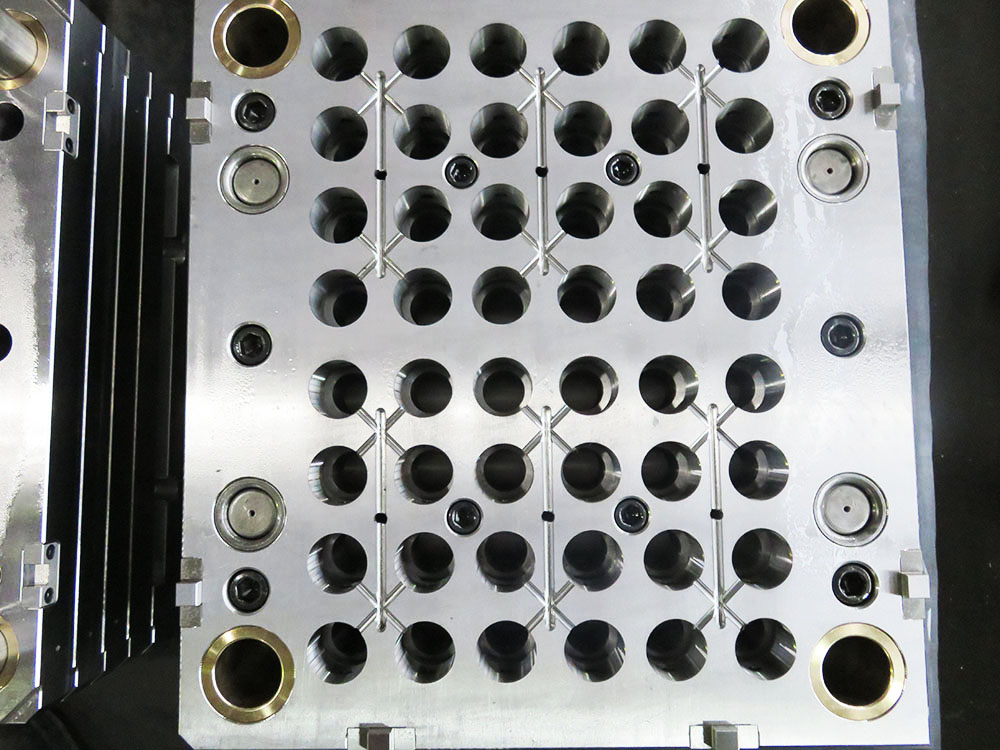The Use of Alphabets to Represent the Opening of a Modular Panel in the Mold Base Industry
Modular panels play a crucial role in the mold base industry as they facilitate easy assembly and disassembly of molds. To ensure efficient and accurate assembly, it is essential to properly label and represent the openings of modular panels. One commonly used method for this purpose is the use of alphabets. In this article, we will explore how alphabets are used to represent the opening of a modular panel in the mold base industry.
Why Use Alphabets?
Alphabets provide a simple and organized way to label and represent the openings of modular panels. By assigning a unique alphabet to each opening, mold assemblers can easily identify and match the corresponding components, reducing the risk of errors and saving time during assembly.
Assigning Alphabets to Openings
When assigning alphabets to the openings of a modular panel, it is essential to follow a systematic approach to ensure consistency and clarity. Here is a step-by-step guide to properly assign alphabets:
Step 1: Identify the openings: Start by identifying and numbering all the openings in the modular panel. Each opening should have a unique identifier.
Step 2: Match with the mold components: Once the openings are identified, associate each opening with its corresponding mold component. This step is crucial to ensure accurate labeling.
Step 3: Assign alphabets: Based on the number of openings and components, assign alphabets to represent each opening. The alphabet assigned to an opening should be unique and not conflict with any other alphabet used in the mold assembly.
Step 4: Label the openings: Now that the alphabets are assigned, labels can be created for each opening using the corresponding alphabet. These labels should be clearly visible and placed near the respective opening, allowing easy identification during assembly.
Benefits of Using Alphabets
The use of alphabets to represent the opening of a modular panel offers several advantages:
1. Simplified identification: Alphabets provide a straightforward method for identifying and matching openings and components. This reduces the chances of confusion or misplacement during assembly.
2. Time-saving: With clear alphabetic labels, mold assemblers can quickly locate and assemble the correct components, saving time and increasing overall productivity.
3. Error reduction: Alphabets eliminate the need for complex numbering systems or lengthy descriptions. This minimizes the risk of errors or misunderstandings, resulting in a more accurate mold assembly process.
4. Modularity: By using alphabets, modular panels can easily accommodate changes or modifications in the mold design. New components can be allocated alphabets without disrupting the existing labeling system.
Conclusion
The use of alphabets to represent the opening of a modular panel is a widely adopted practice in the mold base industry. This systematic approach simplifies mold assembly, enhances accuracy, and improves overall productivity. By following the steps outlined in this article, mold assemblers can efficiently label and represent the openings of modular panels, ensuring seamless assembly and disassembly processes.




